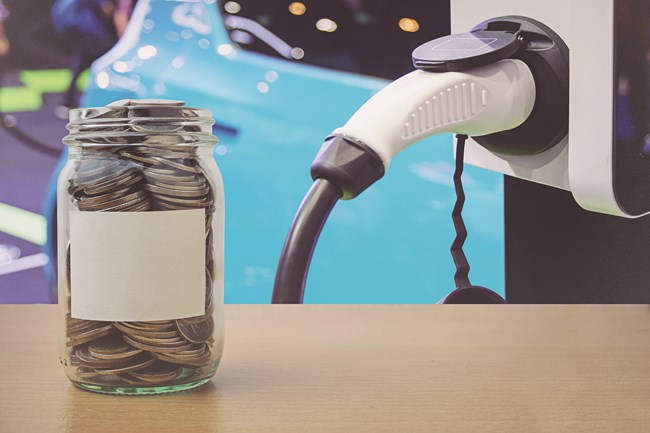We use cookies to ensure that we give you the best experience on our website. If you continue without changing your settings, we will assume that you are happy to receive all cookies on the Business Car website. However, if you would like to, you can change your cookies at any time

The start point for the best source of fleet information |
AER still inadequate despite increase, Mina argues
Date: 19 January 2023 | Author: Sean Keywood

The Advisory Electricity Rate (AER) for electric company car mileage reimbursement remains unsuitable despite a recent increase, it has been argued.
HMRC increased the rate from 5p to 8p per mile from 1 December, following sustained fleet industry campaigning.
However, EV charging payment company Mina says that the new rate is still inadequate - and furthermore, that there are inherent difficulties with applying a single flat rate to charging reimbursement.
It made its case following the release of its EV Report - Autumn 2022, which is the company's second such publication, based on charging data from its customers.
This showed that 80% of all journeys carried out using power from a home charger, and 100% of those powered by public charging, were still over the 8ppm rate - admittedly, an improvement on the 90%/100% figures with the old 5ppm rate, but still leaving most drivers short changed.
In addition to this, during an online event held to mark the release of the report, Mina principal production manager Matt Bettinson argued that the wide variety in available tariffs for EV charging prevented a suitable AER from being applied.
He said: "A tariff can have a single flat rate per unit of energy, or it can have multiple rates depending on the time of day. Rates may be fixed for certain periods or could be variable.
"The region that a person lives in will affect the price. The way in which a person pays for their energy can also have an effect on their rate as well.
"When you've got all those moving parts, it just makes it impossible to land on a single figure that's suitable for everybody and will cover the driver's costs. The amount of variation means a flat rate just won't work."
Mina CEO Ashley Tate said: "I can absolutely understand why we all want AER to work, because it's simple - it's a pence-per-mile that we can just pay our drivers.
"I can absolutely also understand why it works in fuel, because even if we look at say the cheapest pence-per-litre, it'll be around 120p; perhaps the most expensive will be 180p. There's a gap, but we're not talking hundreds of per cent multiples.
"If we look at a 5p [home charge] versus 70p we could be paying in public, that's the equivalent of £1 a litre versus nearly £20 per litre. So, trying to pay a flat rate across such a broad spectrum is virtually impossible, and the danger that we're getting into here is that as the AER rate goes up, we're always going to be benefiting those who can charge at home."
Among the report's other insights is regarding charging costs. It sets out how, in the three months since Mina's previous report was compiled, the average cost of home charging rose by 4p per kWh to an average of 30p per kWh, while the average cost of public EV charging rose by 14p per kWh to 70p per kWh.
In addition, Mina said that factoring in the improved efficiency of newer electric cars, the average real-life pence per mile cost across all journeys only went up by 2p per mile during the period.











